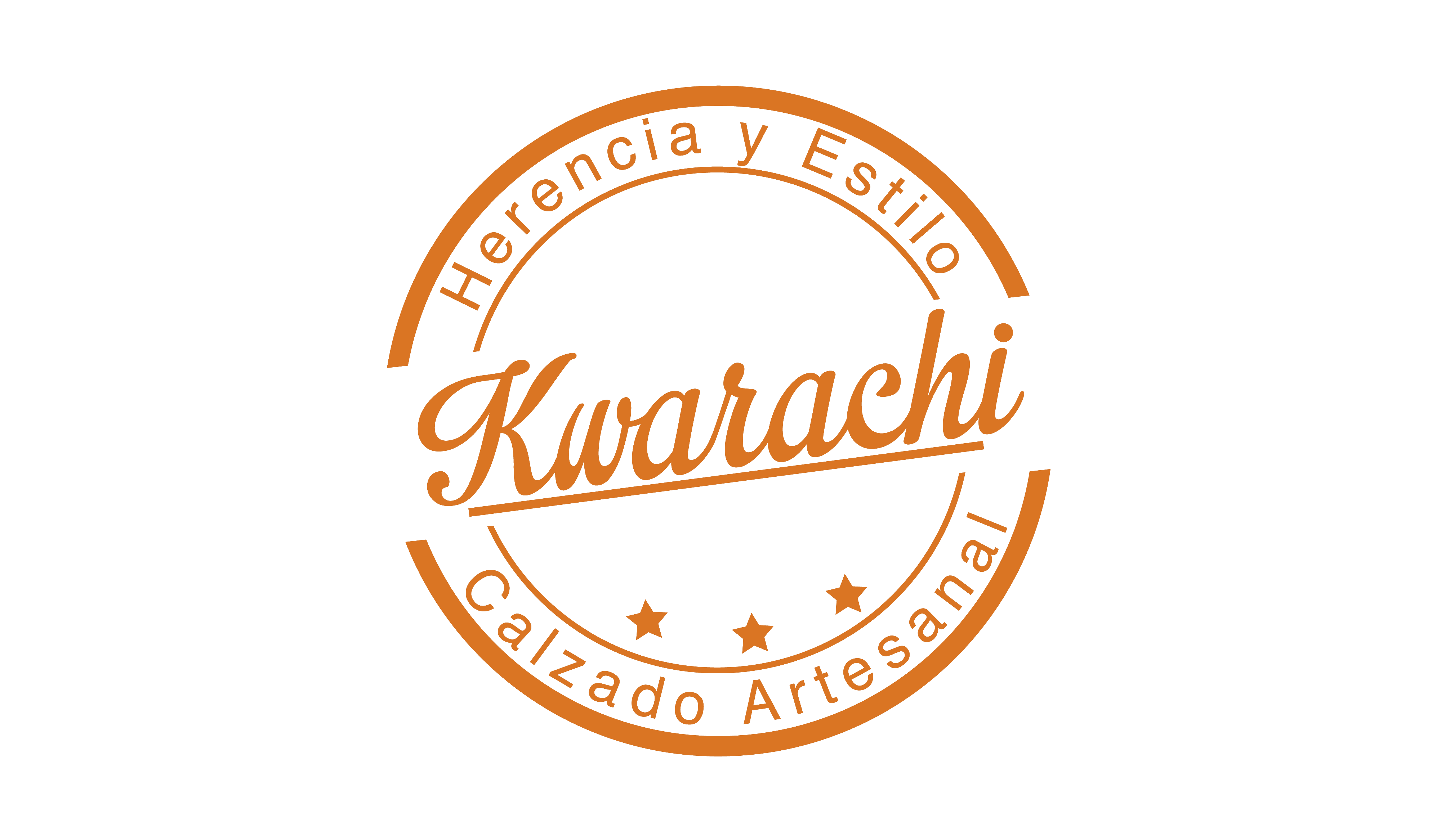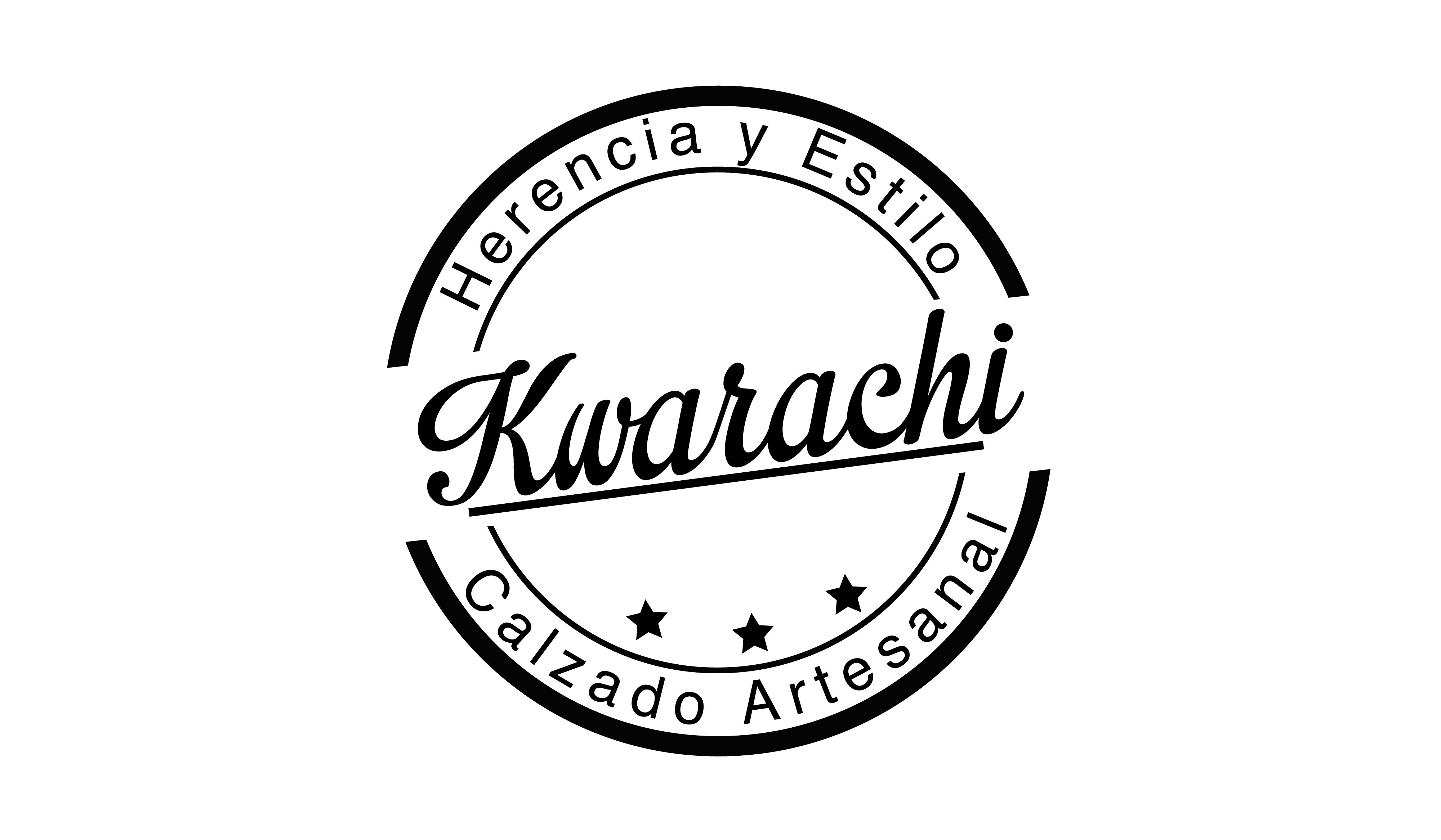Introduction:
Mexican Shoes: The Artisanal Huarache’s Journey through Mexican Culture
The artisanal Mexican huarache, a prominent representation of Mexican shoes, stands as a testament to Mexico’s rich cultural heritage. Rooted in ancient traditions, these handcrafted sandals are more than just footwear; they represent a story woven through time, reflecting the evolution of a nation’s identity. This blog post embarks on a journey through the history of the huarache, exploring its origins, craftsmanship, cultural impact, and transformation in the modern world.
The huarache’s journey, a key chapter in the story of Mexican shoes, is captivating, stretching from its humble beginnings in pre-Columbian times to its present-day status as a symbol of Mexican artisanry and culture. We will delve into the heart of its creation, examining the materials and techniques passed down through generations, and understand how these simple yet intricate sandals have left their imprint not only on the feet of the Mexican people but also on their collective consciousness.
Origins and Historical Significance:
Pre-Columbian Roots of Mexican Shoes: The Huarache’s Beginnings
The story of the huarache, an integral part of the evolution of Mexican shoes, begins long before the arrival of the Spanish in the Americas, tracing back to the pre-Columbian era. Originally, these sandals were simplistic in design, made from woven plant fibers or leather, serving as utilitarian footwear designed to protect the feet from the rugged terrain while allowing for breathability in Mexico’s warm climate.
Different indigenous groups, such as the Tarascans, Aztecs, and Mayans, had their versions of the huarache, each adding to the rich tapestry of Mexican shoes. The designs varied based on local environments and available materials, but the core concept of a strapped sandal remained constant. This period saw the huarache not just as a practical item but also as a representation of one’s social and marital status, with specific designs and decorations signifying different meanings.
The Spanish Colonial Influence on Mexican Shoes
The Spanish conquest introduced significant changes to the indigenous lifestyle, and Mexican shoes, particularly the huarache, were no exception. The introduction of European leatherworking techniques and tools transformed the construction of huaraches. Leather became the primary material, and the designs grew more intricate, marking a new era in the history of Mexican shoes.
During this era, huaraches became popular among rural laborers, especially farmers and peasants. Their durability and comfort made them ideal for long hours of work in fields and on rough terrains. Despite their humble origins, huaraches began to carve a niche in the cultural landscape of colonial Mexico, symbolizing the resilience and adaptability of the people.
Cultural and Social Significance in Different Eras:
The Huarache’s Role in Mexican Society
Over the centuries, the huarache, as a cornerstone of Mexican shoes, continued to evolve, mirroring the changing face of Mexican society. In the 20th century, the huarache gained national attention, becoming a symbol of Mexican identity and pride. The Mexican Revolution played a pivotal role in this transformation, with revolutionary leaders and soldiers often wearing huaraches, further associating them with the values of resilience and national pride.
Post-revolution, the popularity of huaraches soared beyond their rural roots, becoming a staple in urban settings as well. The mid-20th century saw an artistic representation of huaraches in Mexican culture, with painters and writers incorporating them into their works as symbols of the nation’s culture and history.
Craftsmanship and Materials:
Traditional Techniques in Making Mexican Shoes
The art of huarache making, a key element in the history of Mexican shoes, is a testament to the resourcefulness and creativity of Mexican artisans. Traditionally, leather was the primary material, prized for its durability and flexibility. Artisans sourced leather from local tanneries, ensuring a high-quality base for their creations. In some regions, plant fibers such as ixtle (from agave plants) or palm leaves were also used, especially in the earlier, pre-colonial designs.
The soles of the huaraches, originally made from leather, evolved with time, with recycled rubber from tires becoming a popular alternative, adding resilience and sustainability to the craft. This innovation not only provided a sturdy base for the sandals but also contributed to environmental sustainability by repurposing used materials.
Discover Authentic Huaraches at Our Store
“As we delve into the rich history and artistry behind Mexican huaraches, we invite you to experience the authenticity and quality of these shoes firsthand. Visit our store at KwaraChi Products to explore a carefully curated collection of artisanal huaraches. Each pair is a tribute to the tradition and craftsmanship of Mexican artisans, offering not just style, but a piece of Mexican culture.
Artisanal Techniques and Skills
The making of a huarache is a skill passed down through generations, often within families. The process involves several stages, from cutting and treating the leather to weaving and assembling the final product. Each stage requires precision and patience, as the intricate designs of the huaraches demand a high level of craftsmanship.
One of the most distinctive features of the huarache is its woven pattern. The weaving technique varies from region to region, with some artisans specializing in complex designs that can take days to complete. This weaving not only adds aesthetic value but also ensures that the sandal is breathable and molds comfortably to the wearer’s foot.
Cultural Impact and Symbolism:
Huaraches: A Symbol in Mexican Art and Society
The huarache has transcended its utilitarian origins to become a deeply ingrained symbol in Mexican culture. Its presence in various forms of Mexican folklore, art, and literature often represents the nation’s rural roots and indigenous heritage. Folk songs and stories frequently reference huaraches, highlighting their place in the daily lives and cultural psyche of the Mexican people.
In art, the huarache has been depicted as a symbol of the common man, emphasizing themes of struggle, identity, and resilience. It represents a connection to the land and an homage to the simplicity and honesty of rural life. Literature, too, has seen the huarache featured in narratives exploring the complexities of Mexican identity, often as a metaphor for the journey and experiences of the Mexican people.
Learn More about Huarache Culture
“For those interested in delving deeper into the world of huaraches and their cultural significance, the Huarache Blog is an excellent resource. This external blog offers an in-depth exploration of everything related to huarache culture, from its historical roots to its influence in modern art and society. It’s a perfect complement for those fascinated by the rich history of these traditional Mexican shoes.
Modern Adaptations and Global Influence:
The Global Journey of Mexican Shoes
The transition of the huarache from a traditional Mexican sandal to an internationally recognized fashion item is a remarkable story of adaptation and innovation. In recent decades, the huarache has successfully transitioned into the global fashion scene, captivating designers and fashion enthusiasts worldwide. This metamorphosis can be attributed to the huarache’s unique blend of simplicity, comfort, and artisanal beauty.
Contemporary designers and brands have reinterpreted the huarache, infusing contemporary styles and materials while respecting its traditional roots. This fusion of old and new has led to a wide array of designs, from high-end luxury versions to more casual, everyday wear. The huarache’s global appeal lies in its versatility—it can be dressed up or down, appealing to a diverse range of tastes and styles.
Contemporary Designers and Brands Incorporating Huarache Designs
Several contemporary designers and brands have incorporated huarache designs into their collections, often as a nod to sustainable and ethical fashion. These collaborations bring a modern twist to the huarache while helping preserve and promote this traditional craft on a global stage. They represent a cultural exchange where traditional techniques blend with modern design sensibilities, resulting in unique and culturally rich footwear.
The Balance Between Modernity and Tradition
A critical challenge in the evolution of the huarache has been maintaining the balance between modernity and tradition. As the huarache gains popularity in the global market, there is a need to innovate while preserving the artisanal essence that defines it. Artisans and designers are aware of this balance, striving to keep traditional methods alive using handcrafted techniques and locally sourced materials, while experimenting with new designs and materials to keep the huarache relevant and appealing to contemporary consumers.
The global influence of the huarache also reflects the growing interest in sustainable and ethical fashion. Consumers are increasingly seeking products with cultural significance and a story behind them, making the huarache, with its rich history and artisanal value, a perfect fit for this narrative.
Challenges and Future of Artisanal Huarache:
Current Challenges Faced by Artisans
The artisanal huarache industry faces significant challenges in the modern world. The rise of mass-produced footwear and globalization have created a competitive market where handcrafted huaraches often struggle to find their place. Artisans face difficulties in sourcing quality materials and the time-intensive nature of traditional huarache making doesn’t always align with the fast-paced consumer market. There’s also a generational challenge in passing these artisanal skills to younger people, who may be drawn to different professions or urban lifestyles.
Efforts to Preserve the Traditional Craft
In response, there are initiatives to provide artisans with fair trade opportunities and access to broader markets. Workshops and apprenticeship programs aim to encourage skill transfer to younger generations. Cultural organizations and local governments in Mexico are organizing fairs and exhibitions, providing platforms for artisans to showcase their work and connect with a global audience.
Prospects for the Future
The future of the artisanal Mexican huarache hinges on balancing traditional methods with modern market demands. As awareness of sustainable and ethical fashion grows, there’s an opportunity for artisans to capitalize on the global market while staying true to their heritage.
The Enduring Legacy of Mexican Shoes
The artisanal Mexican huarache, a key component of Mexican shoes, is more than just footwear; it’s a narrative woven through the fabric of Mexico’s history. From its pre-Columbian origins to modern incarnations, the huarache embodies the spirit of a nation: resilient, adaptable, and rich in tradition. As we witness the continued evolution of this iconic sandal, it stands as a reminder of the enduring legacy of Mexico’s artisanal craftsmanship, a legacy that continues to stride forward, step by step, into the future.



